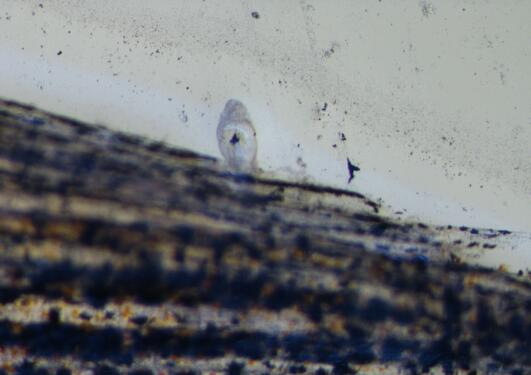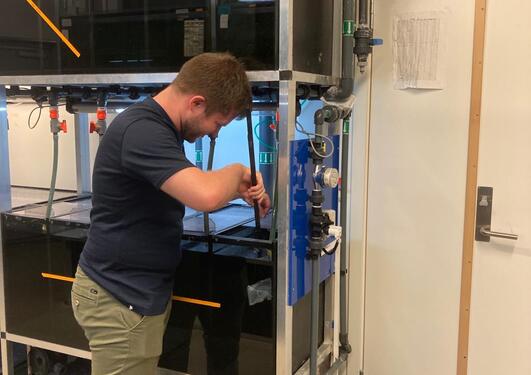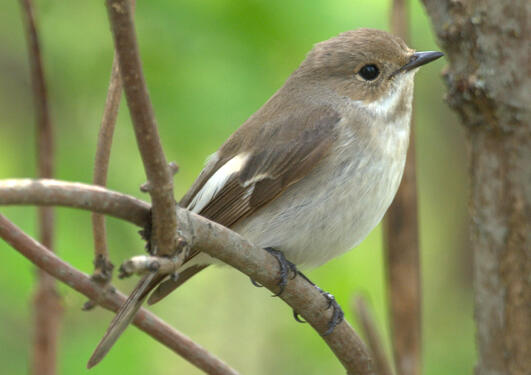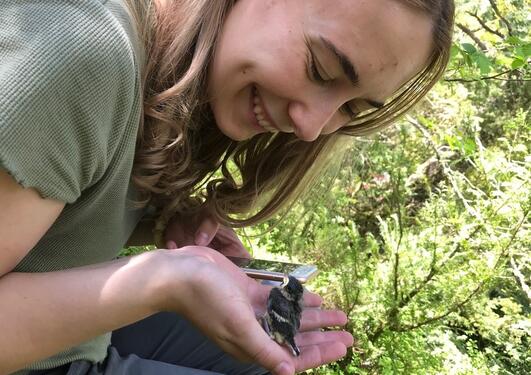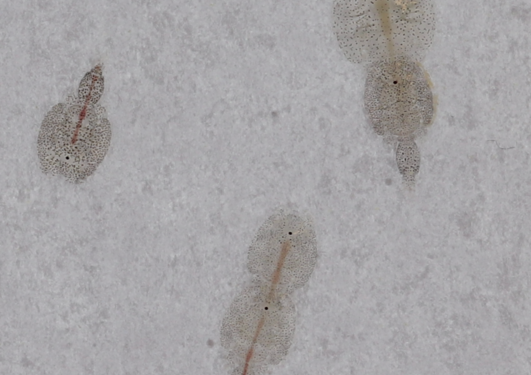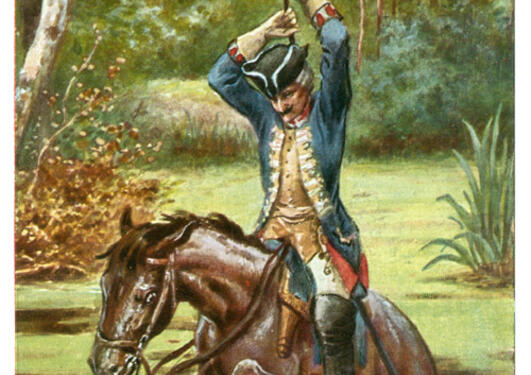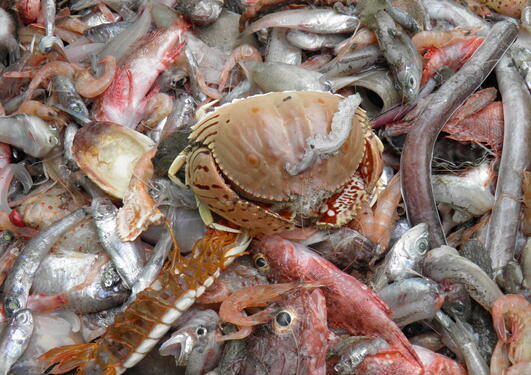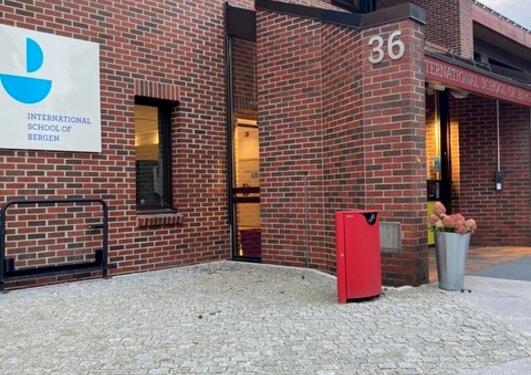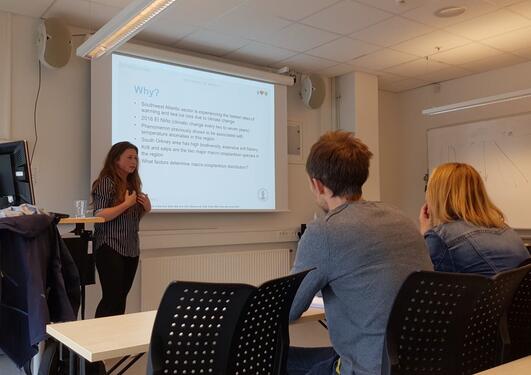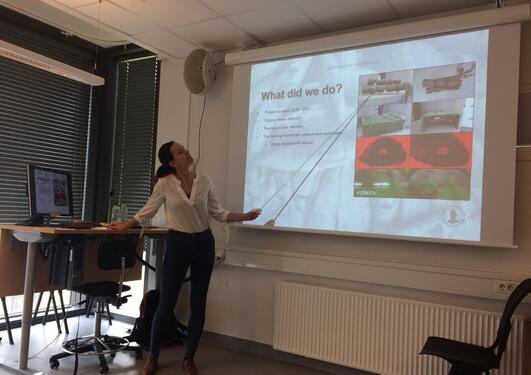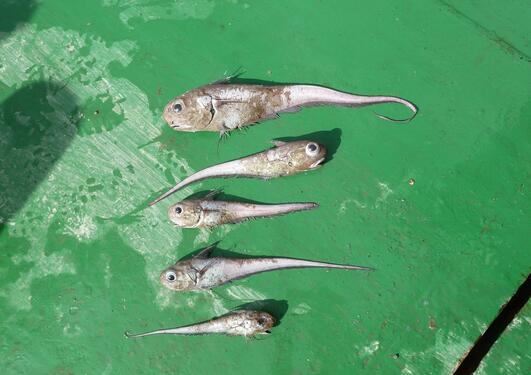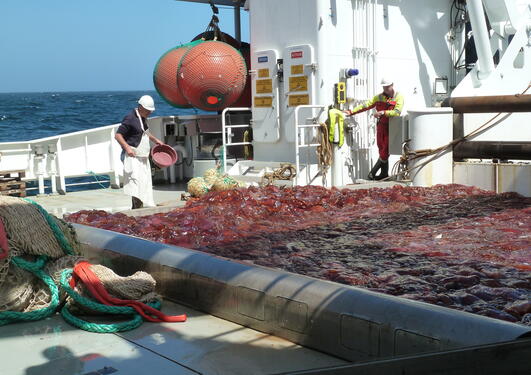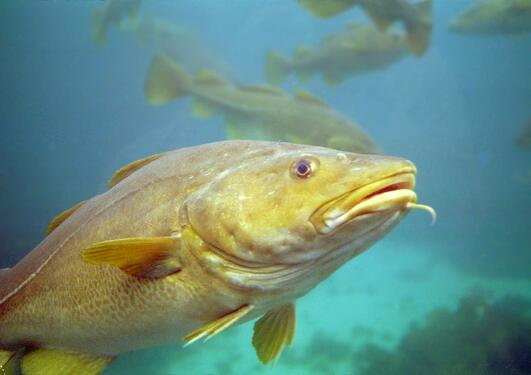News archive for Evolutionary ecology
New study shows how different size-selective harvesting regimes can influence susceptibility of guppies to an ectoparasite.
Endre has started his master project where he is studying differences in the escape response of guppies.
The paper published earlier this year showing that infidelity can promote cooperation among male pied flycatchers has sparked some discussion.
New study published in the Proceedings of the National Academy of Sciences shows that infidelity can promote cooperation among male pied flycatchers.
It took longer than expected for our Gyrodactylus to feel at home in our lab. But once the stock “had warmed its feet” I have been grown more and more appreciative about them. Here are some of the reasons why.
Lisa Hansen Simonsen is about to hand in her Master thesis on the link between spring weather and phenology in small birds
Marie Hauso is a high school teacher student interested in parasites and behaviour. She is now starting her Masters project with Adele Mennerat.
Effort regulation could simplify managing mixed fisheries by directing effort towards common species and away from rare ones, thus "automatically" protecting the latter. But how likely is this protection actually to happen?
Bottom trawl is usually considered a relative unselective fishing gear, but Taiwanese coastal trawl fishers show a good ability to change their catch profiles to match market demands
Beatriz Diaz Pauli joined forces with 8th graders from the International School of Bergen and their teacher Lars Haugen Aardal to become reviewers for the Frontiers of Young Minds journal.
Lanternfish stomachs can become an exciting MSc thesis, as Synne Myhre Sunde has shown in the thesis she defended in late December.
On January 11th, Marion Claireaux successfully defended her thesis "Long-term changes in life-history traits of Norwegian spring-spawning herring"
After finishing all my lectures for the autumn semester, I had a chance to visit University of California at Santa Barbara for some peaceful working days, sun, and a little bit of tourism.
A krill hotspot in the Antarctica was identified as a spawning area and located in cold water near the continental shelf edge of the South Orkney area, while salp hotspots were located in warmer and deeper waters. These findings are recently reported by Torborg Rustand in her Master thesis
Martine R. Solås reports in her Master thesis that enriched rearing reduced post-release growth of Atlantic salmon fry (Salmo salar). Moreover, predatory brown trout fed selectively on small fry.
A new field study, published in MEPS, shows that deep Norwegian fjords house sub-populations of roundnose grenadiers, with little connections to coastal populations.
A group of scientists from BIO are currently on survey in the South Atlantic Ocean
A new study shows that reproductive investment in cod increased during a period of heavy exploitation, and then stabilized or possibly reversed when the exploitation pressure was greatly reduced. However, this pattern was only found for males.
Pages
- August 2022 (3)
- February 2022 (1)
- January 2022 (1)
- December 2021 (5)
- January 2019 (2)
- December 2018 (1)
- August 2018 (2)
- January 2018 (1)
- November 2017 (1)
- September 2017 (1)
- June 2017 (3)
- May 2017 (1)
- April 2017 (1)
- December 2016 (1)
- November 2016 (1)
- October 2016 (1)
- September 2016 (1)
- August 2016 (1)
- June 2016 (3)
- May 2016 (2)
- March 2016 (2)
- February 2016 (5)
- January 2016 (2)
- December 2015 (1)
- September 2015 (2)
- July 2015 (1)
- June 2015 (1)
- May 2015 (1)
- April 2015 (1)
- March 2015 (2)
- February 2015 (2)
- January 2015 (1)
- December 2014 (1)
- October 2014 (1)
- September 2014 (5)
- July 2014 (1)
- May 2014 (1)
- February 2014 (1)
- January 2014 (2)
- November 2013 (1)
- October 2013 (6)
- September 2013 (4)
- August 2013 (1)
- July 2013 (4)
- June 2013 (2)
- May 2013 (1)
- March 2013 (2)
- February 2013 (1)
- January 2013 (1)
- November 2012 (2)
- October 2012 (1)
- September 2012 (1)
- August 2012 (2)
- June 2012 (2)
- May 2012 (1)
- April 2012 (2)
- March 2012 (1)
- February 2012 (4)
- December 2011 (1)
- November 2011 (1)
- September 2011 (2)
- August 2011 (1)
- July 2011 (1)
- June 2011 (1)
- May 2011 (3)
- April 2011 (1)
- March 2011 (2)
- February 2011 (2)
- January 2011 (2)
- December 2010 (1)
- June 2010 (2)
- August 2009 (1)
- June 2009 (1)
